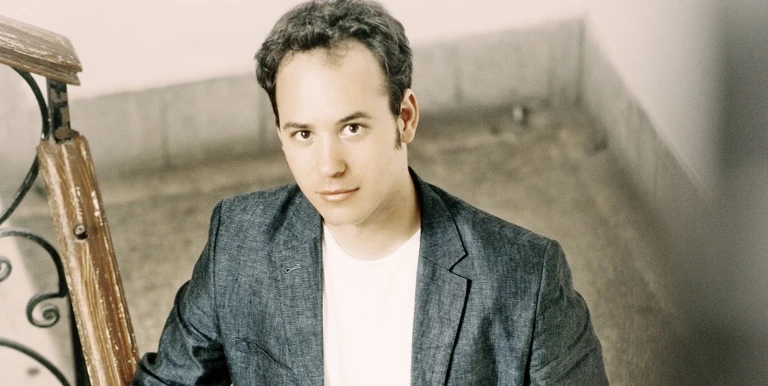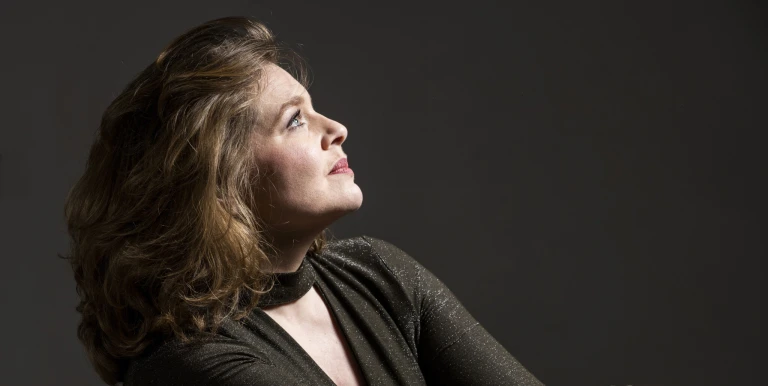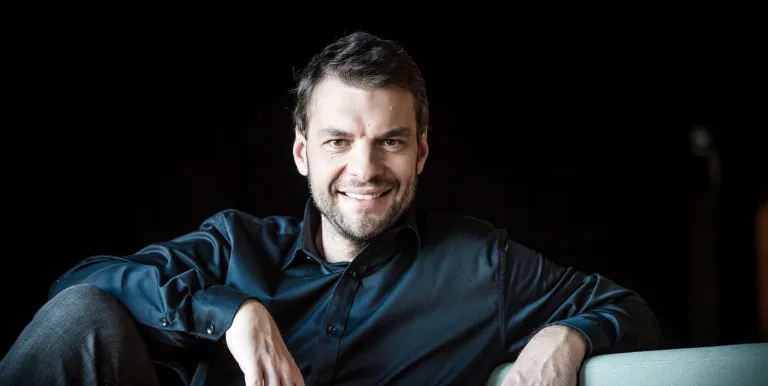one interval
Conductor:
Dohnányi
Symphony No. 1 in D minor, op. 9
Rimsky-Korsakov
Scheherazade, op. 35
Ernő Dohnányi's Symphony No. 1 was first presented by János (Hans) Richter in Manchester in 1902, with performances in Vienna and Budapest soon following this world première. Adding to the significance of the Hungarian concert is the fact that this would be the first time Dohnányi, already known as a pianist, would leave his mark as a conductor. Béla Bartók expressed sincere admiration for his elder colleague's achievement: 'Dohnányi's symphony sounds splendid. He himself did an excellent job of conducting it. We celebrated in a big way,' he wrote enthusiastically in a letter, which also mentioned that the symphony 'was superb and so far the work of Dohnányi's that I like best.' Rimsky-Korsakov's Scheherazade dates from 14 years earlier, with the composer himself conducting the première in Saint Petersburg that swiftly led to widespread popularity. The four-movement composition painting the fantasy world of the Arabian Nights with bold instrumental flourishes came to represent an important reference point for the younger generation of Russian composers, including Stravinsky and Prokofiev. The mix of melodies and opulently colourful instrumentation employed in The Firebird, Stravinsky's first major international success, was linked to Rimsky-Korsakov's style in many ways. And a contributing factor to the Paris audience coming to view the younger composer as the continuation of the Russian tradition is the fact that it was through a ballet production that Scheherezade became truly well-known in France. Three weeks prior to the historically consequential Paris première of The Firebird, the Ballets Russes had performed a dance version of the earlier piece choreographed by Mikhail Fokin. (Szabolcs Molnar)
Presented by: Hungarian Radio Music Groups
-
We wish to inform you that in the event that Müpa Budapest's underground garage and outdoor car park are operating at full capacity, it is advisable to plan for increased waiting times when you arrive. In order to avoid this, we recommend that you depart for our events in time, so that you you can find the ideal parking spot quickly and smoothly and arrive for our performance in comfort. The Müpa Budapest underground garage gates will be operated by an automatic number plate recognition system. Parking is free of charge for visitors with tickets to any of our paid performances on that given day. The detailed parking policy of Müpa Budapest is available here.










